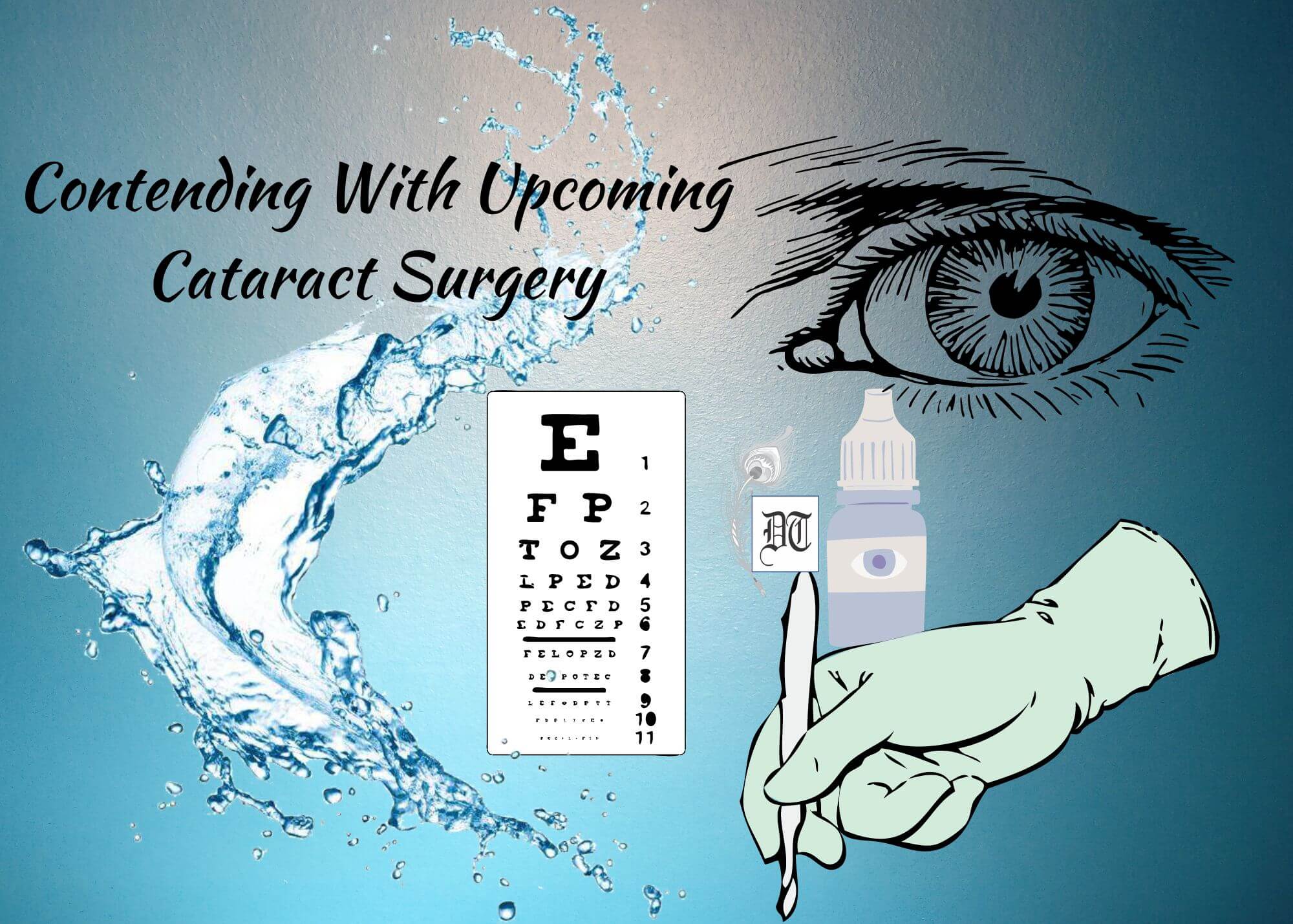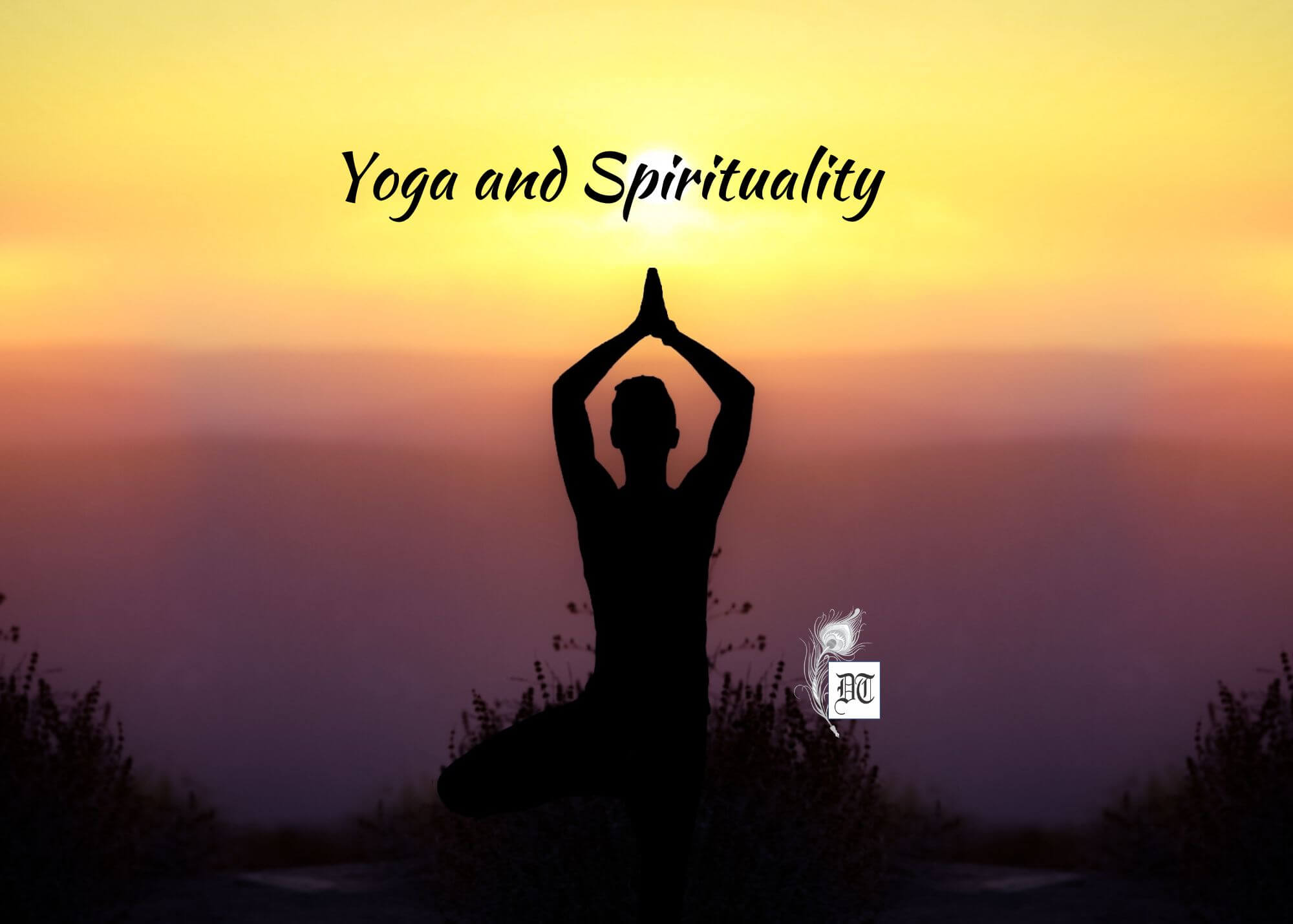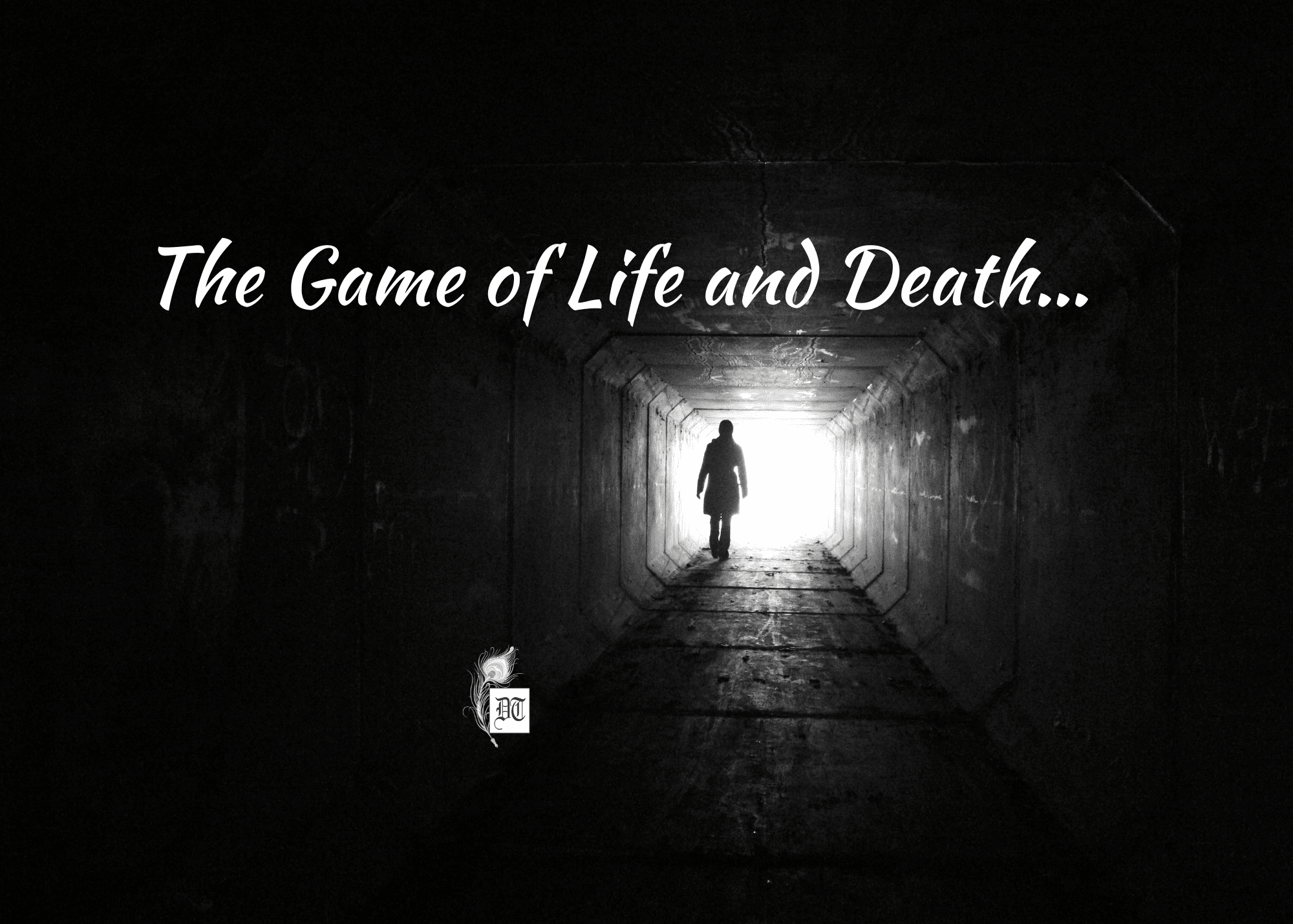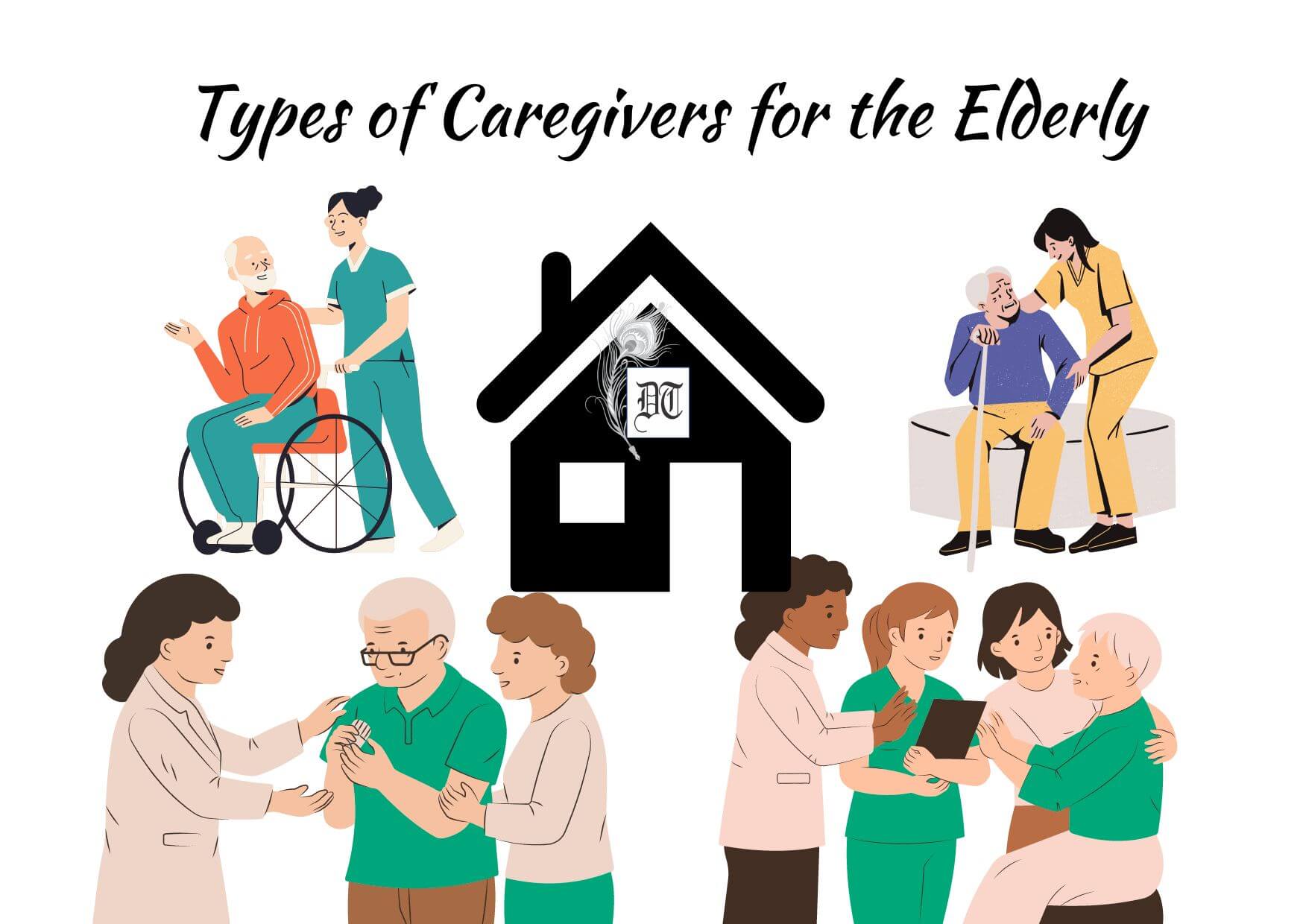Here’re some beauty tips from our fashionista, Shameena. This is the second part of the three-part series on sleep, in the weekly column, exclusively in Different Truths.
The cellular renewal of our skin is fastest at night, and this is why we are told night-creams can work wonders. But the fact is, nothing will help our looks if we don’t get the quality of sleep we need. However good a beauty product might be, the effect will be negated if we have endless late nights, or poor-quality interrupted sleep. These creams generally have a softening water-in-oil base and contain nourishing ingredients.
 Applying night-cream just before bed means your skin will get the most benefit when the absorption of nutrients is at its peak.
Applying night-cream just before bed means your skin will get the most benefit when the absorption of nutrients is at its peak.
Your cream should be nourishing, but not thick and rich. You can gauge if it is the right consistency by feeling your skin 15 minutes after application – you should still be able to feel the slip of the cream, but not otherwise be aware of it.
A cream that is too rich and clogging can cut the skin’s oxygen supply, contributing to poor micro-circulation and puffiness, particularly around the eyes. Night-creams or rich serums containing anti-aging compounds to repair and firm the skin can be particularly effective.
Lie on Your Back
However well you sleep, you may still wake up with puffy eyes and dark circles if you are sleeping in an awkward position. These problems are caused by constriction of the blood flow to the skin.
“If you sleep face-down the blood vessels will become constricted and the circulatory system releases congested fluid from tiny flaps in the walls of these vessels,” says Colette Haydon.
The dark circles are actually tiny blood vessels ‘pooling’ under the thin, delicate skin below the eyes.
The older you get, the longer they take to disappear; and you may notice more lines forming permanently on the side of the face you normally sleep on. This is because as we age, our skin loses elasticity and collagen, and doesn’t ‘bounce back’ into shape.
The answer is to try to train yourself to sleep on your back. You can also help to prevent fluid accumulation causing puffy eyes by keeping your head raised well above your body in bed. This may be difficult at first – but it’s worth it.
Not enough oxygen in your bedroom affects blood flow to the skin, causing puffiness. Make sure the room is not too warm – switch off the heating, and open a window.
What Kind of Sleep?
While sleeping, levels of adrenaline and corticosteroids drop and the body starts to produce growth hormone. This is when the repair and growth processes kick in. It’s important to have alternating periods of slow-wave sleep (deep sleep) and REM (rapid eye movement) – light, dreamy sleep.
The following may help:
Go to bed at a regular time. Set the alarm at the same time each day – even weekends – to develop a regular sleep-wake rhythm.
Make sure the bedroom is dark. 
No coffee, tea or hot chocolate (they contain caffeine) before bed.
Try deep breathing, or tensing and relaxing different groups of muscles around the body.
Don’t exercise immediately before going to bed.
Add a few drops of aromatherapy oils (lavender, neroli or ylang-ylang) to your bedtime bath.
The right mattress is crucial. Your heels, back of the head and buttocks should sink just below the surface.
Your neck, backs of the knees and hollow of the back should rest on the surface.
(To be continued)
©Shameena Abdurahiman
Photos from the Internet
#Sleep #SleepandBeauty #PositionsToSleep #NightCream #Aromatherapy #SleepingInducedEnvironment #FashioFunda #DifferentTruths





 By
By
